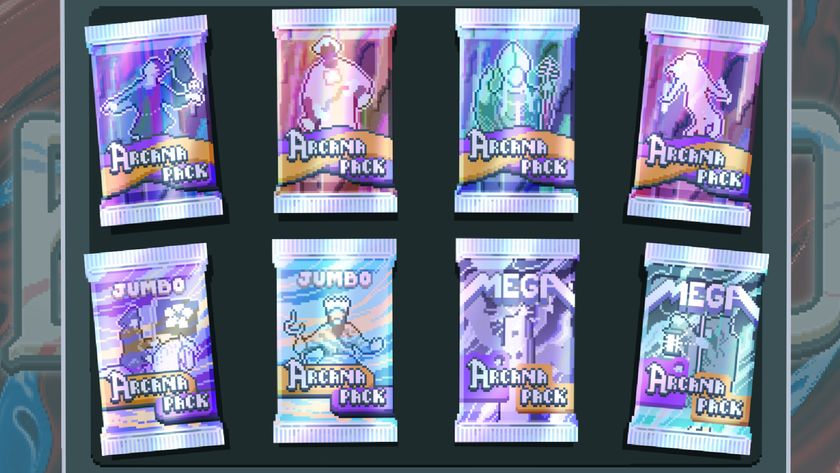Wednesday 5 July 2006
The one thing that everyone agrees on is that they didn't make Grand Theft Auto, but that's not strictly fair: the other thing that everyone agrees on is that everybody made Grand Theft Auto. Talking to those that worked for DMA Design back in the late '90s it's difficult to get anyone to claim significant credit for themselves, although they're generous with praise for others.
Development of Grand Theft Auto, or Race 'n' Chase as it was originally known before a clash with a Matchbox slot-car racer forced a change, was collaborative and often tempestuous, and as a consequence it's extremely difficult to pin down the specific turning points, even for those who were there at the time.
Its early days, however, are somewhat easier to piece together. "The original idea was to create a game based in a living city," remembers DMA lyricist and PR head Brian Baglow. "The idea was to build an active environment that could react to the player and where there were consequences to their actions."

Above: GTA was originally built as a PC game but a console version proved too tempting
Developers at DMA had grown tired of the stereotyped settings and implausible enemies that seemingly existed for no reason other than to harass the player, constantly reminding them that they were playing a game. They wanted something more convincing, more immersive.
'Living' environments seemed to be the answer and several of the designs being worked on at the Dundee-based developer took this idea to heart. Body Harvest, for example, would be set on a series of sparsely inhabited islands, but the most ambitious of these worlds would be to make an entire city.
Sign up to the 12DOVE Newsletter
Weekly digests, tales from the communities you love, and more
The first DMA living city bore little resemblance to the final game's distinctive look. Programmer Mike Dailly had produced a prototype city engine using a sophisticated, rotateable 3D isometric-style view. The gameplay for this modern-day metropolis was intended to concentrate on direct conflict between rival gangs, largely on-foot because the view was ill-suited to driving.
Unfortunately, as the engine moved from prototype to production, there were problems getting the required performance - and coupled with the release of the similar looking, if not playing, Syndicate Wars it caused the team to reconsider the ambitious project. But, fortunately, Dailly had been working on another, unrelated idea.
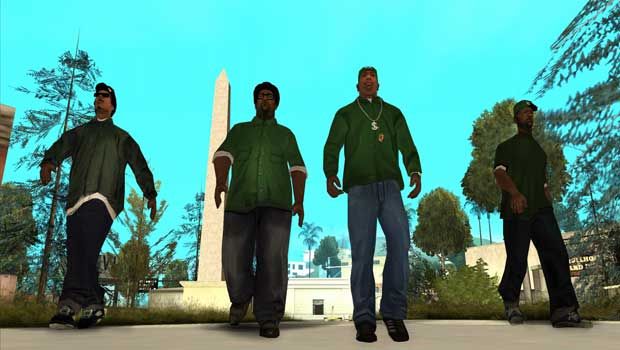
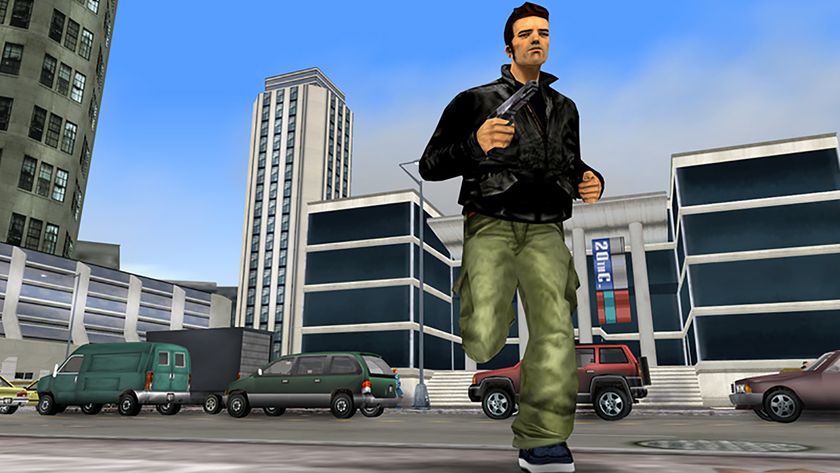
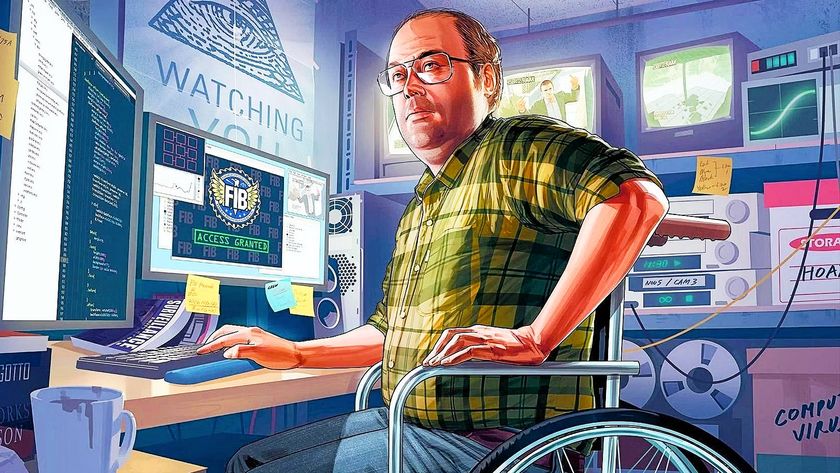

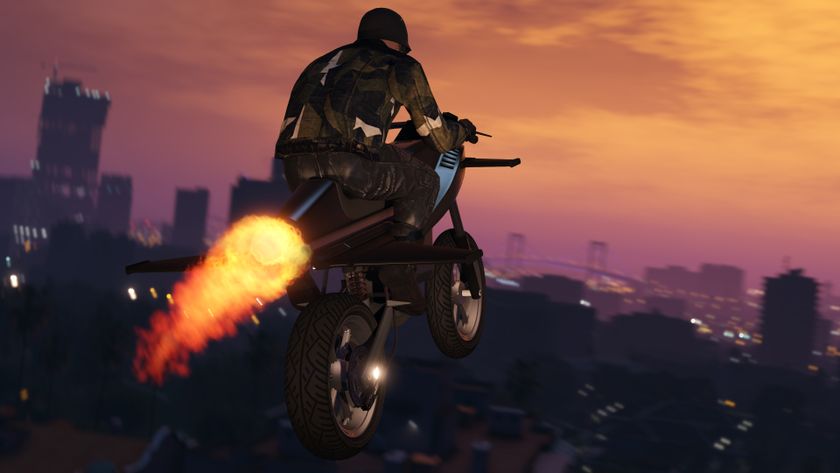
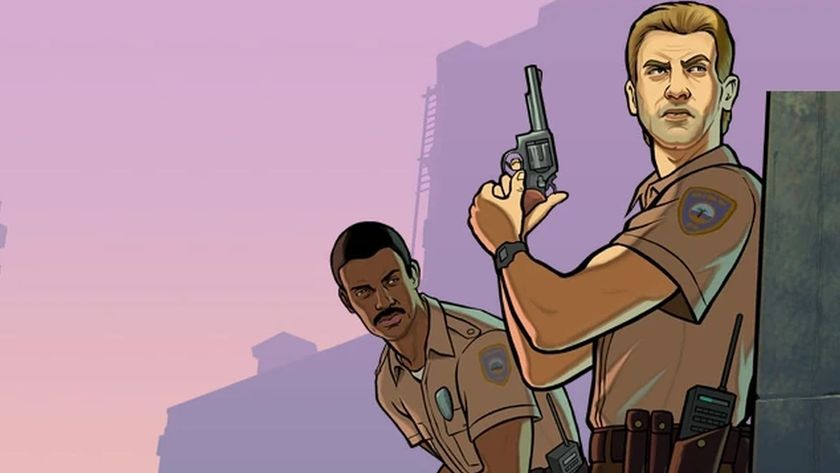







Former Xbox boss says GTA: San Andreas and its infamously NSFW Hot Coffee minigame "signified a maturing of the industry" and put games "on par with movies and music"

A GTA streamer is trying to beat every single 3D entry without dying, and in 33 hours he's made it as far as San Andreas but keeps getting caught in Vice City purgatory
